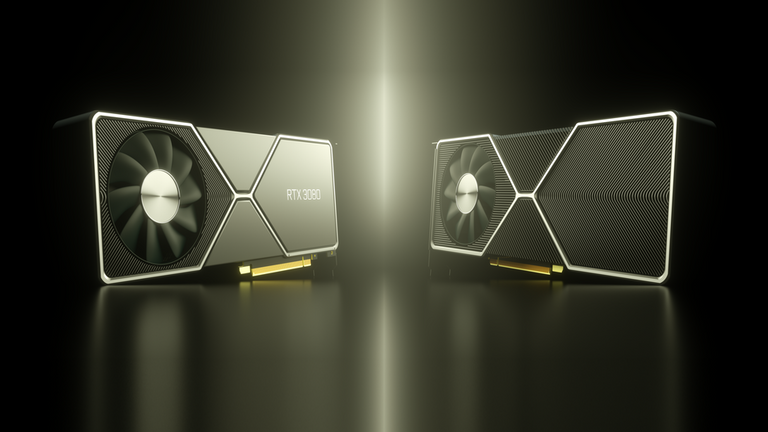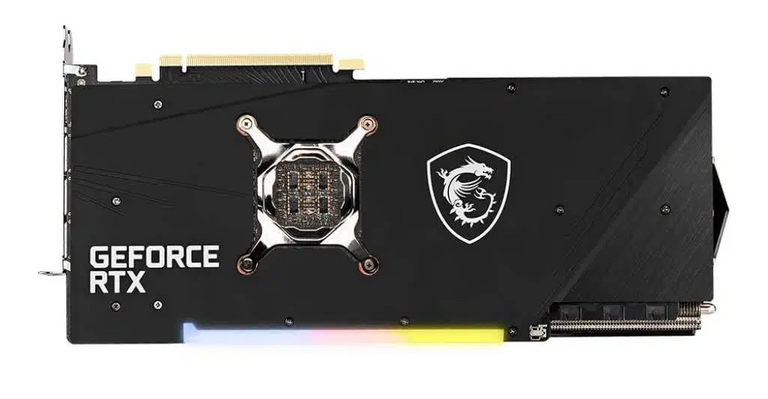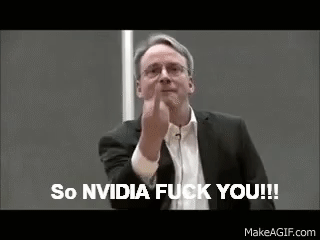Nvidia Isn't Doing So Well With Ampere Release (Dreams Do Die And Nvidia's Botched Release)

It's no strange news that Nvidia gets to have problems during launch, anybody remember the EVGA fiasco with FTW aftermarket VRMs frying up the board or their most controversial GeForce Partner Program which got scrapped months later? Nvidia is no stranger to controversy obviously, but this release pretty much sums up why competition is required absolutely. With AMD's Navi 2 blooming on the horizon while Intel is taking a winter nap, planning their next move with their rumored Xe GPU lineups.
I sound like am pouting and that's because I was excited to hear Nvidia finally giving out far better price per performance lineup than their previous series. Then the carpet was dragged out of our feet the moment we came to realize that it was very close to being a paper launch. Scalpers selling for exuberant amount of prices upto 10000USD for these cards. Stock is a lot harder to find nowadays almost everywhere. Actually, no wait it is a paper launch come to think of it. Adding more insult to injury was the instability issues.

The other big issues are the releases of the AIB cards from all brands, especially Zotac and Colorful. Multiple buyers from Linustechtips have reported instability issues running the cards, all cards including the FE(founders edition) versions. What happened is that they skimmed out on proper Q/A and have made decisions that would save money in return. In technicality, they've opted to use all 6 POSCAPs instead of adding one or two MLCC(MOSCAPS) groups. These can be found at the back of the GPUs of both RTX 3080 and 3090.
| Definition: MOSCAPs(metal oxide silicon) are capacitors that are build for insulating purposes as well as reducing static electric fields significantly compared to POSCAPs |
|---|

Nvidia has recently released a new driver fixing most of the issues, however the fixed mostly came from the cards just reducing or staying at their factory clockspeed. Overclocking or GPU boosting mostly results in game crashes or performance instabilities. More reports are also coming about the founders edition also experiencing problems but drivers have resolved it entirely. Though the same couldn't be said about some of the aftermarket cards.
Nvidia released a statement about this which didn't give much of help or more leeway into building conclusive answers to these problems. The problems to this day somewhat persist, some AIB brands like ASUS have build their cards with full set of MLCC groups. Though this was a last moment change from their 6 POSCAP GPU SKU.
Just to give you an idea, each groups of these MOSCAPs cost 5 dollars more. That's it, just that much of money saved instead of giving out assured 100% working products as advertised. Either this blame mostly falls on the AIB for making these mistakes or Nvidia didn't communicate with them properly about it. Which one do you think?
Also, you can bet your bottom dollar that once AMD releases their RDA2 based GPUs, Nvidia will be pulling out the Ti version of their cards. Yeah, one stingy move after the other. Linus Torvalds got something to say about that.

Currently am trying to venture into data analysis, with Panda and Python. I'll also take a curious turn towards machine learning and reason I made this article was because I wanted to buy an Nvidia GPU so badly, those tensor cores don't kid around. If AMD had anything similar, I'd buy them in a heartbeat. But I said as much as I could, things are pretty grim these days.